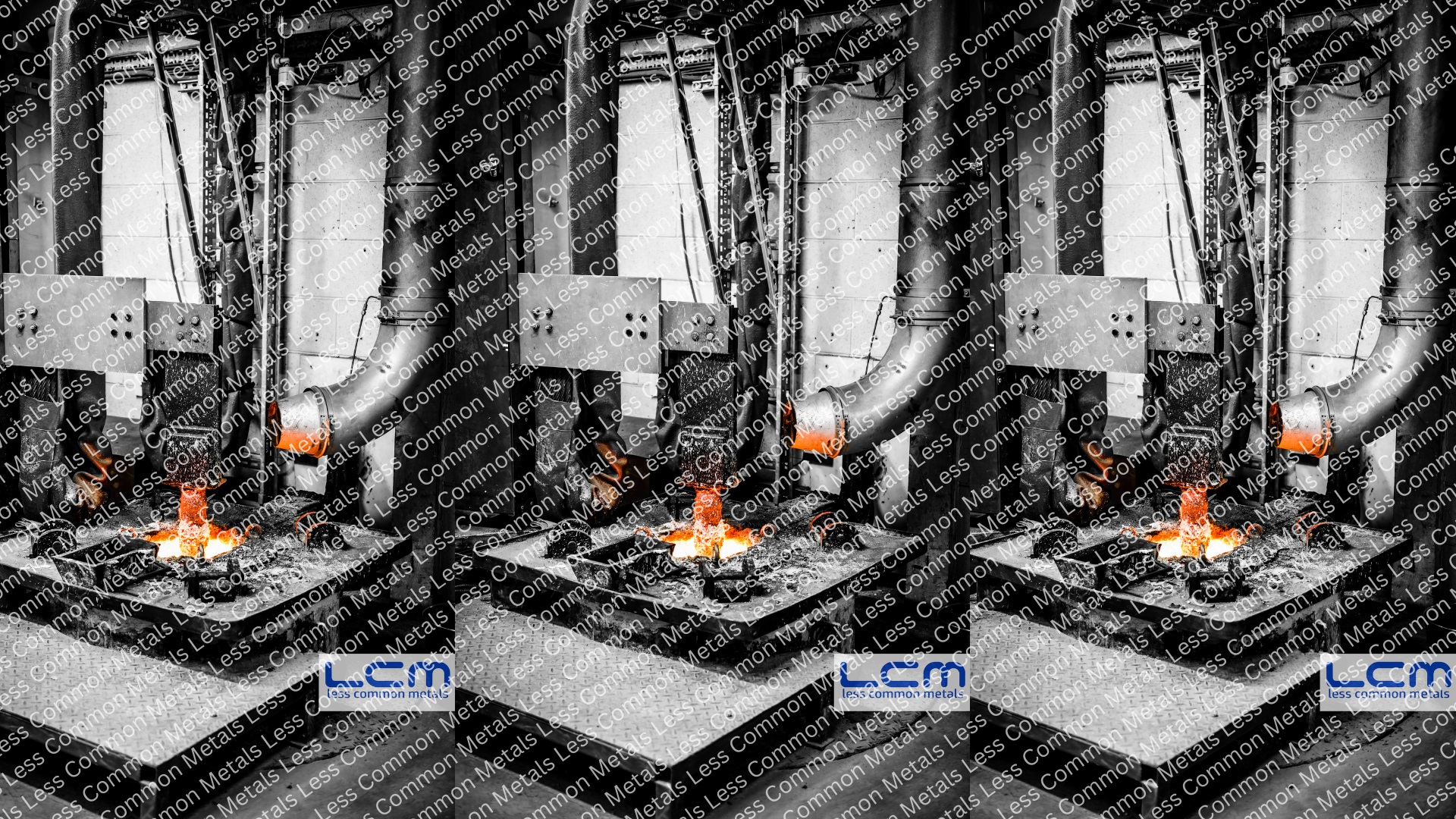LCM’s technical team is pushing the boundaries of rare earth molten salt electrolysis, exploring innovative opportunities to enhance an alternative supply chain.
We are thrilled to announce that our latest pilot-scale trial for producing rare earth alloys with our newly designed molten salt electrolysis cell has achieved an impressive 15-20% increase in energy efficiency compared to existing cells.
These findings will help LCM enhance its capabilities for reliably producing high-quality rare earth metals and alloys in the Western world, solidifying our position in the global market. Since 2017, LCM has had the capacity to commercially produce over 120 tons per annum of high-quality neodymium (Nd) and neodymium praseodymium (NdPr) metals at its UK facility.
Aaron Riley, General Manager, stated, “As the only commercial facility in the west, which is free from far eastern restrictions and linked ownership for the production of HREs by molten salt electrolysis, LCM has a variety of opportunities.
We are currently expanding our Nd/NdPr metal production from a 2-cell operation to a 6-cell operation in the UK. This expansion will increase our capacity from 55 tons per cell per annum to a total capacity of 330 tons per annum to meet rising demand. The innovations in our electrolysis process, driven by LCM’s newly bolstered technical department, will lay a solid foundation for future expansion in the sustainable production of rare earth metals and alloys.”
Manu Kaimanikal, Senior Metallurgist, added, “Despite the significant challenges in progressing molten salt electrolysis for rare earth elements from lab-scale (TRL 4) to deployment and operational stages (TRL 9) outside of China, LCM has successfully demonstrated its capability to overcome these obstacles.
This achievement is attributed to continuous innovations in the electrolysis process, combined with the expertise of our highly skilled operators. As a result, we have achieved the production of rare earth alloys with enhanced process efficiency.”

